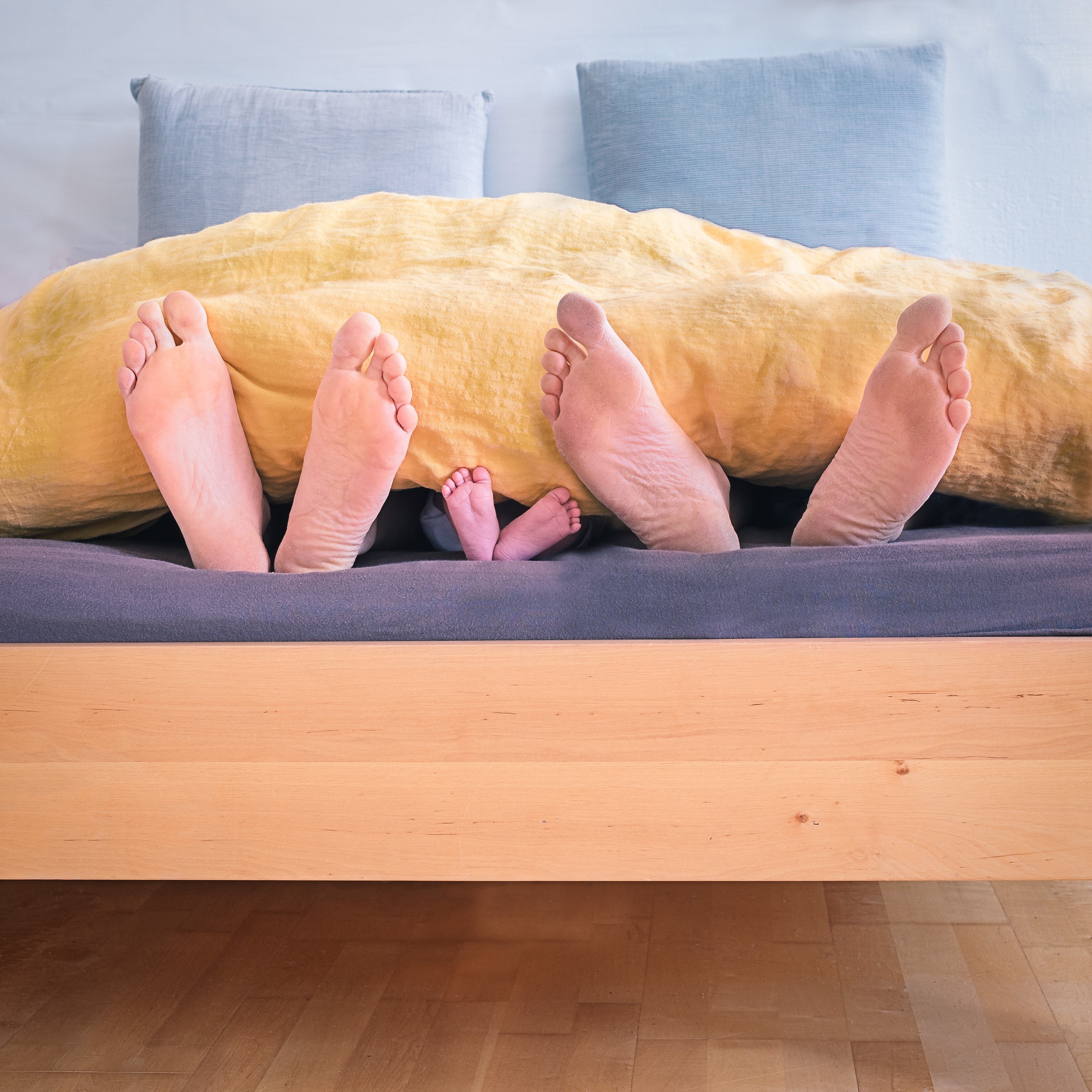Calluses: What You Need to Know
 As children, many of us remember sprinting around the backyard in our bare feet. Shoes seemed like such a hassle! As adults, it is important that we understand that shoes are a necessity for our overall health and mobility. And while properly fitted footwear is essential, many foot problems result from bony prominences caused by underlying structural deformities. These deformities, combined with fat pad atrophy, can increase the risk and frequency of calluses.
As children, many of us remember sprinting around the backyard in our bare feet. Shoes seemed like such a hassle! As adults, it is important that we understand that shoes are a necessity for our overall health and mobility. And while properly fitted footwear is essential, many foot problems result from bony prominences caused by underlying structural deformities. These deformities, combined with fat pad atrophy, can increase the risk and frequency of calluses.
What are Calluses?
Calluses are thick, hardened layers of skin that develop where friction or pressure repeatedly occurs. When a callus first develops, the skin becomes a thick, rough patch. If left untreated, the callus becomes a hardened bump that may be tender to the touch or painful in shoe gear or during ambulation.
There are many underlying foot deformities that can predispose an individual to developing calluses, such as bunions, hammertoes, and plantarflexed metatarsals. When an underlying structural deformity is the reason for callus development, simply shaving the callus will not solve the problem. The callus will return secondary to the pressure and friction associated with the deformity.
In addition, as we age we experience thinning of the skin layers on the bottom of our feet. Thus, there is less fat to protect bony prominences.
Home Treatment
• Wear properly fitted footwear that accommodates your pedal deformities. For example, if you have a bunion, you will need to wear shoes with a wide toe box.
• Use a moisturizer designed for feet. Stop by any one of our offices to purchase our favorite moisturizing cream, Kera 42!
• Use a non-metal, non-electric emery board on your feet to smooth rough patches of skin. Beware: Even pumice stones can be too abrasive on skin! And avoid those metal cheese graters! You don’t want to trade a callus for an open wound/infection!
• Use toe separators, felt pads, and NON-MEDICATED bandages over areas that rub. We have plenty of options in all three of our office locations.
In Office Treatment
It is imperative that you avoid attempting to treat your own calluses if you have diabetes or any vascular disease that compromises your blood flow. A callus can easily and often (when self-treated) become an ulcer. We have many patients who come into our offices every few months to have their structural deformities evaluated and any calluses trimmed, which provides them with great relief!
